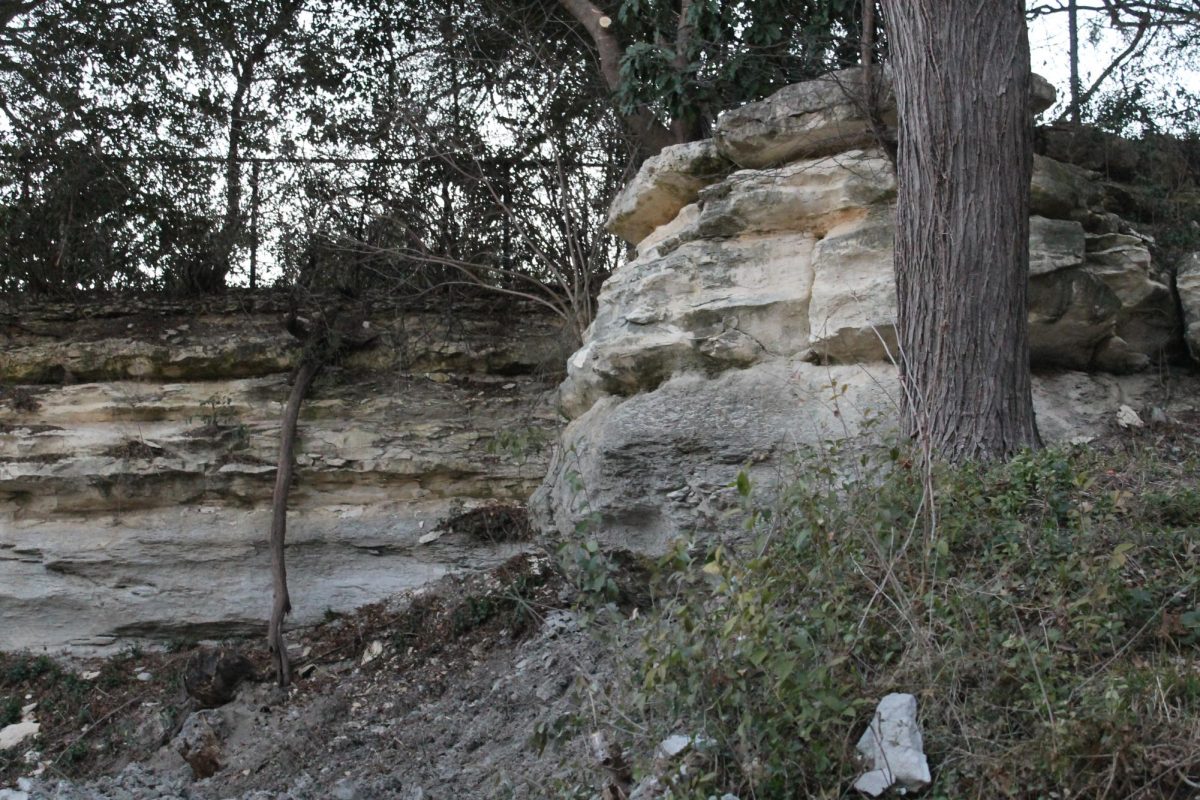Long before the Pacific Coast Highway, the Hollywood sign, or any of the other landmarks that are synonymous with southern California, the area was home to native American tribes who lived in harmony with the land, through the eco-friendly utilization of the Chaparral biome’s natural resources.
Centuries later, the area, now known as the Pacific Palisades or Los Angeles, famous for its celebrity homes, film and television history, and unique culture has burnt down in a series of fires, a faint shadow of the lively metropolis it once was.
“I know people want a victim, or they want to have somebody that they can blame, and maybe there was some short-sightedness in all of this by the government in some ways,” AP Physics and Environmental Science teacher Jeff Barrows said. “But it really was, as the old adage goes, a perfect storm.’”
Chaparral biomes, also referred to as Mediterranean biomes, are areas near a coast characterized by hot dry summers and rainy winters. Chaparral, a barren yet nutrient-dense landscape, is composed of a variety of different shrubs, brushes, short trees, and other succulent-like vegetation.
“Oftentimes when you have a lot of snow melt, you have more rainfall that ultimately makes for a lusher, greener Chaparral,” Barrows said, “Unfortunately, more biomass means those areas become much more susceptible to fire.”
Unlike most forests, Chaparral is a fire-dominated habitat, requiring occasional and partial wildfires to progress the ecosystem’s natural regeneration process. Environmental consultant and former Southern California resident Lindsay Teunis with over 17 years of experience in eco regeneration and restoration management discusses interactions within chaparral ecosystems.
“Many of the plants there are adapted to fire and have evolved so that their life cycle is dependent on fire,” Teunis said. “A lot of them can stump sprout, meaning it won’t burn to the point of death, but instead to the point where then a tuber will re-sprout. Some of them will have seeds or berries that need fire to crack them open, or they actually need the char to trigger their germination.”
While fire does play a crucial role in a Chaparral Biomes lifecycle, too much of it can foster the opposite effect by altering the land’s chemistry in a process known as habitat conversion. One of the many potential explanations for the severity of this year’s wildfires could be the presence of non-native grasses alongside the native chaparral plants.
“They spread and kind of change the understory, but when you combine these high Santa Ana winds with non-native grasses the embers are just really flying everywhere,” Teunis said.
Despite the prominence of the Palisades fire in recent news headlines, Southern California has been seeing these types of extreme fires for the past few decades.
“Throw in the effects of the current kind of climate change and extended periods of drought,”Teunis said,”it’s a combination of humans, the interface of open space coupled with ongoing land management issues.”
Much like southwest California, the Gulf of Mexico and the southeastern coast were once places of lush untamed wilderness, but now are a collection of beach towns and yacht clubs frequented by Park Cities residents. This shift from natural coastlines like marshes, Mangroves, and Wetlands to white sand beaches and innovative sea structures has led to what is known as a hardened coastline.
“It’s a very severe kind of transition when you have that artificial structure in place, whereas when you have a beach or a wetland, it tends to be more gradual, that kind of descent into the water, ” a postdoctoral researcher at North Carolina State University Dr. Savannah Swinea said.
Dr. Swinea conducted and published a study analyzing coastal residents’ perceptions and awareness of the important services mangroves and other wetland ecosystems provide beyond their natural beauty.
“Marshes and Mangroves protect our coastlines better, they are more resilient, they cost less to repair, and they keep the sediment in place better,” Dr. Swinea said, “There’s kind of a turning of the tide where the capacity of these natural wetland systems is being recognized more and more in the scientific community and even in the public to an extent.”
This shift toward natural solutions for human made problems has arose after seeing the devastating effects significantly altering an area’s natural ecosystem has had on a natural disaster’s path of devastation.
“When performing or installing a restoration project you’re trying to establish and replicate natural areas, so the more knowledge we have about the local species that thrive in these areas, and the requirements they need to survive, the more our ability to save them,” environmental consultant Tony St. Aubin said.
Localized solutions continue to hold more and more weight when rebuilding, relying on local experts in the community as opposed to blanketed solutions to specific problems that may arise within an ecosystem.
”There is scientific evidence that wetlands like mangroves and salt marshes might have A higher protective capacity and resilience to storms,” Swinea Said, “It’s possible that in the path of Hurricane Helene or other hurricanes, the maintenance of those natural systems may have done a better job at buffering hurricane impacts.”
Hurricanes are a harsh example of the ocean’s torrential effects. This is why protecting the coast from the ocean’s natural wave patterns is imperative before the coastline completely dissipates.
“We’re losing approximately a football field a day of coastal wetlands in the Gulf of Mexico, and that’s due to erosion, which lessens our armament for coastal resiliency, hence increasing the impact of natural disasters,” St. Aubin said.
Whether it’s picking up the sea of destruction in the aftermath of a hurricane, or sifting through the ashes in a now desolate landscape, rejuvenating cities to what they once were is no easy feat, and will continue to remain a work in progress for decades to come.
“As far as LA is concerned, you’ve got to deal with the environmental impact, you certainly have to deal with the humanitarian impact, and you’ve got to deal with all the infrastructure that has been completely deleted,” Barrows said.




